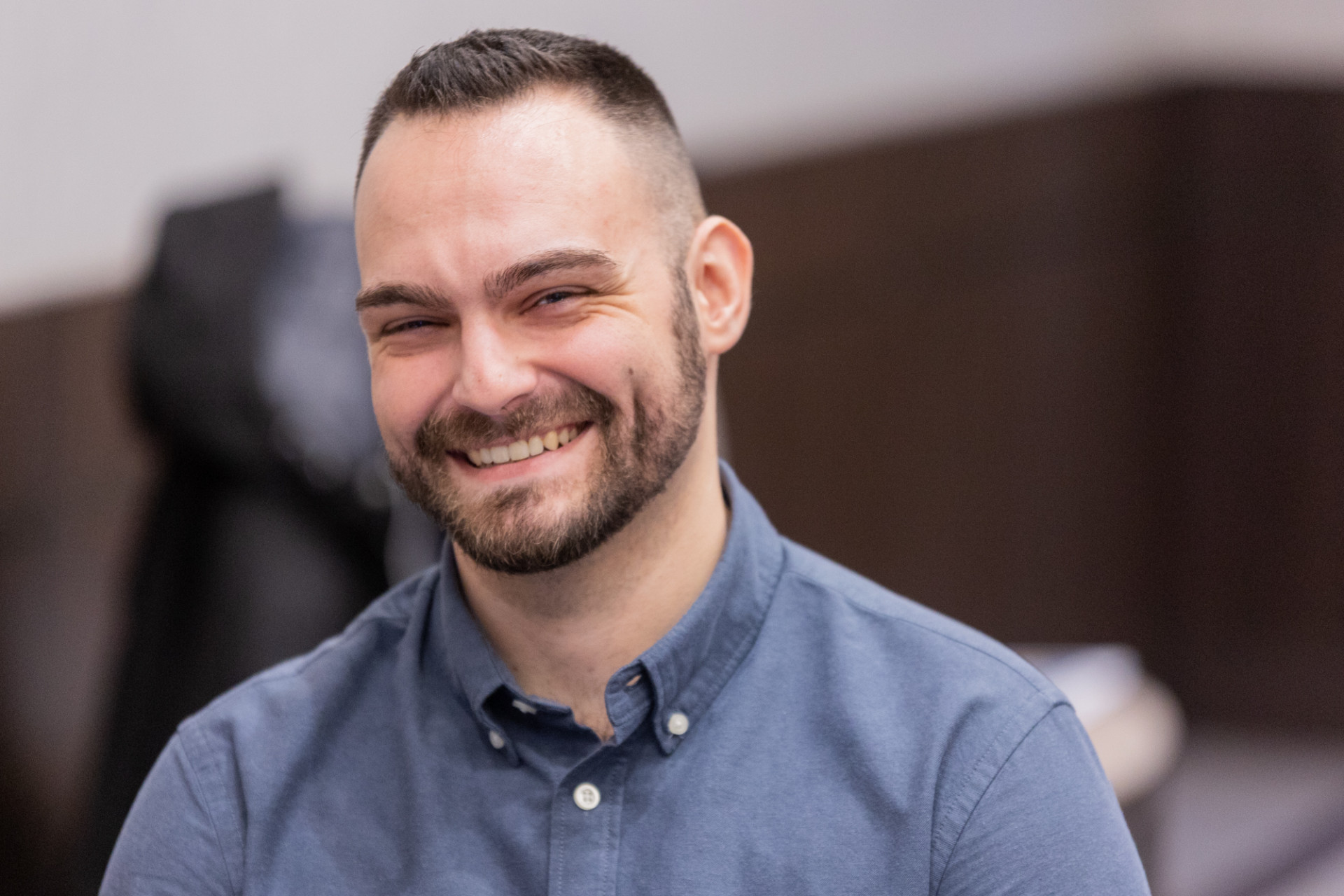Managing a Project vs. Managing a Community of Practice
The CEF staff, including myself, is many times responsible for managing things. Based on the Cambridge dictionary, to manage means to be responsible for controlling or organizing someone or something, but one may ask, what or where is the difference in managing different activities?
In the past couple of years, I have had the opportunity to experience managing a project and a Community of Practice (CoP), getting first-hand experience with various approaches to managing different things or activities.
The biggest difference that comes to my mind when talking about managing the two, lies in the amount of creativity needed to successfully reach your goals, while following a number of guidelines and rules, and the commitment of individuals or institutions that are willing to collaborate.
As you can imagine, managing a project is a process that comes with a considerable number of rules (especially for spending resources and reporting) to be followed. A project has a clear budget and pre-determined activities that need to be carried out to achieve all the envisaged project goals. Project management has, in most cases, also a timeline of activities that confine you and determine your work schedule. Managing a CoP is a whole different story. Once you start, you have almost nothing, except an idea, maybe even a vision of what a CoP should be, how it should function, and why even do it.
Now, there are a couple of ways to manage a CoP, but I believe that if you want to come to a point, where a CoP actually “lives” on its own when the content of the activities comes from the practitioners/members, you need a bottom-up approach and, for this, you need creativity – a lot of it.
You start by trying to find members that are willing to join. While reading this, you might think “that shouldn’t be too difficult,” and you would be right. After a couple of “calls for membership,” you get a group of people that have recognized some value added in joining a specific CoP. The tricky part comes when you apply the bottom-up approach and attempt to motivate the members to speak up and actively (co)create the content and activities of the CoP. What usually happens is that you end up with the so-called core group of members (usually it’s a couple of them) who are willing and able to create and manage the CoP together. Following this, you need to apply creativity in every single step, from thinking of a way to keep in touch with the CoP members, to planning and implementing activities, while having in mind to leave space for the members, so that they can be visible and feel ownership of the CoP’s work.

If I jump back to managing a project, it might now seem more rigid. True, it has more rules and guidelines, but you also have space to be a bit creative. This is very useful when you need to “sell” your project – to convince the donor and the beneficiaries why your project is good, why it is needed, and why anyone should join it. I see the part of “selling” the project as an advantage of project management. While convincing the beneficiaries, you usually also get their commitment (if you do a good job at selling it) that they will provide the needed input and/or participants for your project. Even though this can be hard work, it is an amazing investment of time and energy because you ensure full collaboration with the target audience.
Unfortunately, there is no “luxury” of commitment when it comes to managing a CoP. Membership in a CoP is, in many cases, voluntary, which means that all hopes for a binding commitment go down the drain. Managing a CoP calls for creative ways of engaging members, constantly trying to motivate them and hopefully making them see a value-added in devoting their time and energy, voluntarily, to actively engage in the functioning of a CoP.
After reading this, you might think that managing a CoP is a lot of hard work and why even bother. That is a completely legit question and I’ve asked myself the same question many times, but the answer is super simple – cooperation. Once your CoP starts forming and actually (very slowly) functioning, you get an amazing feeling of achievement! When you see practitioners from different cities and countries connecting and helping each other out by sharing knowledge, you feel like all the efforts were worthwhile.
So, what is better or even easier? Managing a project or a CoP? Honestly, I do not have an answer, as both have their ups and downs, challenges and rewards. It probably comes down to a simple question of how much creativity and patience you have to tackle the obstacles in front of you, and how much stress you are willing and able to handle when those pesky deadlines for reporting come around.
In conclusion, I add a disclosure with which I believe all project managers would agree: a huge amount of creativity is needed for balancing the spendings on your project. But that is a whole new blog post, right?
